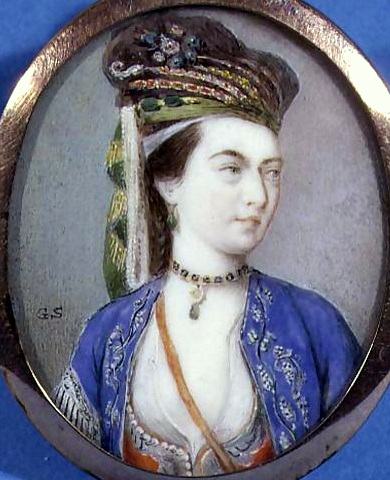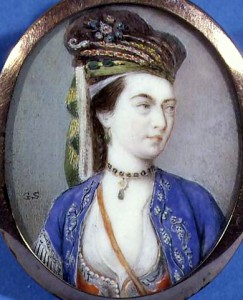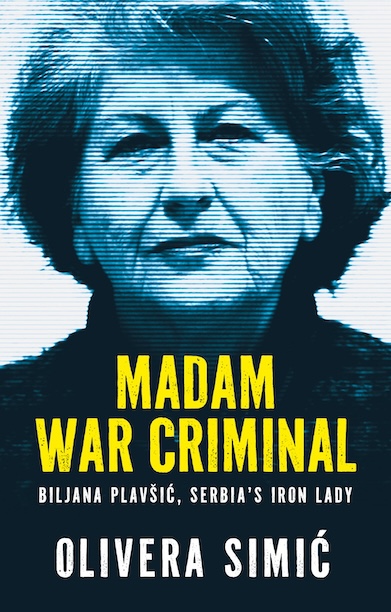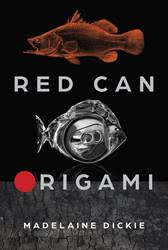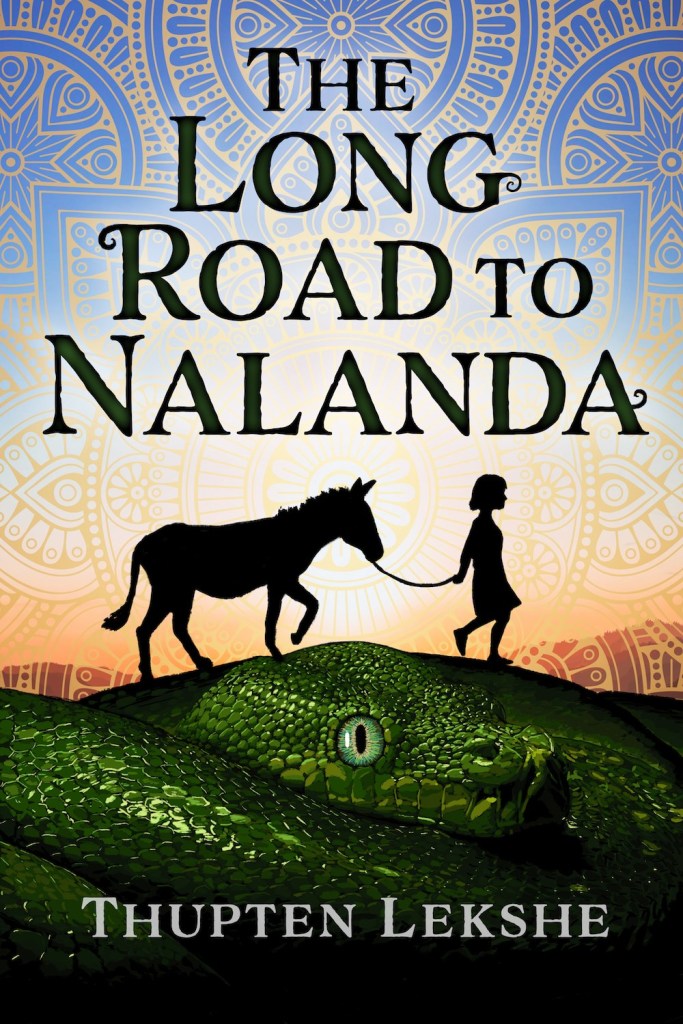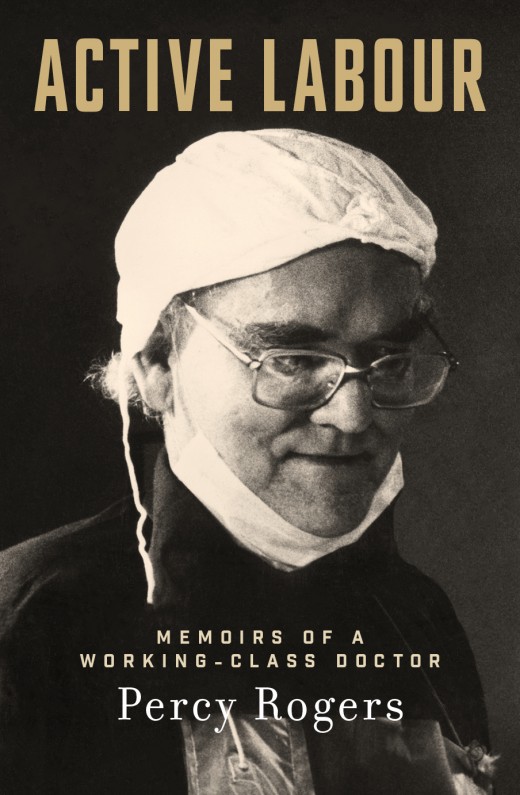“I am now got into a new world . . . ” wrote Lady Mary Wortley Montagu (1689-1762) from Andrianople (now Edirne, on Turkey’s border with Bulgaria) on 1 April 1717. Lady Mary was an avid letter writer and I imagine that she would have loved the immediacy of communication via twitter and email if she lived today. Her direct observations of Ottoman culture supported her status as an authoritative commentator as she travelled from England through Eastern Europe to Constantinople (Istanbul) with her husband, Edward, the British Ambassador to the Ottoman Empire, and their three-year old son.
There are times when Lady Mary reveals her Eurocentric attitudes and English aristocratic snobbery; however, most of the time she was a sympathetic traveller. She was the first European woman to document in vivid detail, and with comparative accuracy, the daily activities and customs of Muslim women, including the sacrosanct time that women spent in the Turkish hammam or bagnio (communal bathing house): “. . . ‘tis no less than death for a man to be found in one of these places”. These were the last few words of the lengthy letter written by Lady Mary on 1 April 1717 to an unknown ‘Lady’ living in England. I have chosen sections of this letter to illuminate Lady Mary’s intimate eye-witness account of a hammam for women:
. . . I went to the bagnio about ten o’clock. It was already full of women. It is built of stone in the shape of a dome, with no windows but in the roof, which gives light enough. There were five of these domes joined together, the outmost being less than the rest, and serving only as a hall, where the portress stood at the door. Ladies of quality generally give this woman the value of a crown or ten shillings and I did not forget that ceremony. The next room is a very large one paved with marble, and all round it raised two sofas of marble one above another. There were four fountains of cold water in this room, falling first into marble basins, and then running on the floor in little channels made for that purpose, which carried the streams into the next room, something less than this, with the same sort of marble sofas, but so hot with steams of sulphur proceeding from the baths joining to it, ‘twas impossible to stay there with one’s clothes on. The two other domes were the hot baths, one of which had cocks of cold water turning into it to temper it to what degree of warmth the bathers have a mind to.
There has been criticism of Lady Mary’s controversial claims that aristocratic Turkish women “are freer than any other Lady in the universe”, and many believe that her observational writing mimics the voyeuristic male gaze of the Orientalist painter. It is well documented that her letters were a blueprint for Jean Auguste Dominique Ingres’ famous Orientalist painting, ‘The Turkish Bath’ (1862). Yes, clearly Lady Mary was an outsider and a fascinated onlooker with the habit of transforming the women she met into timeless objets d’art, but her aesthetic appreciation remains to this day, enchanting. Here, she describes the sight of:
. . . two hundred women, and yet none of those disdainful smiles, or satiric whispers, that never fail in our assemblies when anybody appears that is not dressed exactly in the fashion. They repeated over and over to me, “Gϋzelle, pek gϋzelle,” which nothing but “charming, very charming”. The first sofas were covered with cushions and rich carpets, on which sat the ladies, and on the second their slaves behind them, but without any distinction of rank by their dress, all being in the state of nature, that is, in plain English, stark naked, without any beauty or defect concealed. Yet there was not the least wanton smile or immodest gesture amongst them. They walked and moved with the same majestic grace which Milton describes of our general mother. There were many amongst them as exactly proportioned as ever any goddess was drawn by the pencil of Guido or Titian, and most of their skins shiningly white, only adorned by their beautiful hair divided into many tresses, hanging on their shoulders, braided either with pearl or ribbon, perfectly representing the figures of the Graces.
Lady Mary sees these women through the lens of art, mythology and Western classical culture: the Graces and Eve (“our general mother”). She mentions Italian artists, Guido Reni (1575-1642) and Titian (c. 1490-1576), who both used colour and oil paint to create sensuous portraits of women in various poses. There is a mocking suggestion that Western (male) painters failed to produce truthful pictorial representations of women:
. . . To tell you the truth, I had wickedness enough to wish secretly that Mr Gervase [he painted Lady Mary on her return to Britain – see below] could have been there invisible. I fancy it would have very much improved his art to see so many fine women naked, in different postures, some in conversation, some working, others drinking coffee or sherbet, and many negligently lying on their cushions, while their slaves (generally pretty girls of seventeen or eighteen) were employed in braiding their hair in several pretty manners.
On 7 January 2008, I entered a centuries-old, domed public hammam bathing house situated down a narrow cobblestone lane of the medieval Moroccan town of Fez. This female domain of uninhibited freedom to bathe in hot steamy rooms and be scrubbed by female workers was intoxicating; it was a privilege to participate in this ancient ritual with local women. There were neither slaves nor cushions; instead, we sat on rubber mats on a tiled floor. I recall two young Moroccan women sitting opposite me for the entire time, washing and combing their long glossy black hair while engaging in animated chatter. Lady Mary insisted that the bathing house “‘tis the women’s coffee-house, where all the news of the town is told, scandal invented etc. They generally take this diversion once a week, and stay there at least four or five hours . . .” A coffee-house equivalent indeed, Lady Mary! She continues her letter:
I was charmed with their civility and beauty, and should have been very glad to pass more time with them, but Mr Wortley resolving to pursue his journey the next morning early I was in haste to see the ruins of Justinian’s church [Hagia Sophia], which did not afford me so agreeable a prospect as I had left, being little more than a heap of stones.
Lady Mary was less interested in monuments, churches and history than the people and their way of life. I’ve only seen a fraction of Turkey but there is evidence everywhere— even in a heap of stones—that the Turks’ ancestors were once subject to those great colonising, civilising empires; you see history in every town and village—and in the face of every Turk.
On the same day (1 April 1717) that Lady Mary wrote about her experience inside the Turkish baths, she also wrote to her sister, Lady Mar, about “the novelties of this place, none of which would surprise you more than a sight of my person, as I am now in my Turkish habit . . .” Lady Mary describes her Turkish outfit in rich visual detail:
The first piece of my dress is a pair of drawers, very full, that reach to my shoes, and conceal the legs more modestly than your petticoats. They are of a thin rose colour damask, brocaded with silver flowers, my shoes of white kid leather, embroidered with gold. Over this hangs my smock of a fine white silk gauze, edged with embroidery. This smock has wide sleeves, hanging half way down the arm, and is closed at the neck with a diamond button; but the shape and colour of the bosom very well to be distinguished through it. The entari is a waistcoat made close to the shape, of white and gold damask, with very long sleeves falling back and fringed with deep gold fringe, and should have diamond or pearl buttons. My caftan of the same stuff with my drawers, is a robe exactly fitted to my shape and reaching to my feet, with very long strait falling sleeves. Over this is the girdle of about four fingers broad which all that can afford have entirely of diamonds or other precious stones; those who will not be at that expense, have it of exquisite embroidery on satin, but it must be fastened before with a clasp of diamonds. The cϋpee is a loose robe they throw off, or put on, according to the weather, being of a rich brocade (mine is green and gold), either lined with ermine or sables. The sleeves reach very little below the shoulders. The headdress is composed of a cap, called kalpak, which is in winter of fine velvet embroidered with pearls or diamonds, and in summer of a light shining silver stuff. This is fixed on one side of the head, hanging a little way down with a gold tassel, and bound on either with a circle of diamonds (as I have seen several) or a rich embroidered handkerchief. On the other side of the head the hair is laid flat and here the ladies are at liberty to show their fancies, some putting flowers, others a plume of heron’s feathers and, in short, what they please, but the most general fashion is a large bouquet of jewels made like natural flowers; that is, the buds of pearl, the roses of different coloured rubies, the jessamines of diamonds, the jonquils of topazes, etc, so well set and enamelled, ’tis hard to imagine anything of that kind so beautiful. The hair hangs at its full length behind, divided into tresses braided with pearl or ribbon, which is always in great quantity.
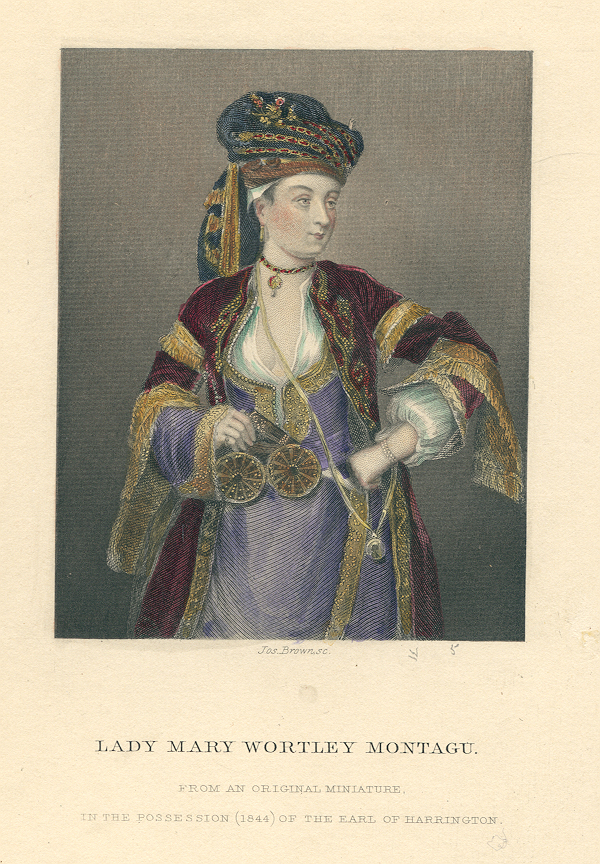
Joseph Brown (engraver, active between 1833 and 1886), probably adapted this engraving from the Spencer miniature of Lady Mary, for the edition of ‘The Letters of Horace Walpole (1717-1797)’, Noel Memorial Library, Louisiana State University, Shreveport.
Women’s voices continue to tell stories about foreign places but they are no longer confined to the private sphere of diaries, letters and photo albums. Lady Mary absorbed and recorded visual detail of the places and the people she encountered in her travels. Often criticised for using sentimental and aesthetic language, her reporting on the lifestyles of Turkish women has been admired for noting cultural differences without overlaying them with moral judgements. Reading Lady Mary’s celebrated letters has taught me to see myself through the eyes of others when I travel, and to faithfully record what I see with as much pictorial detail as possible.
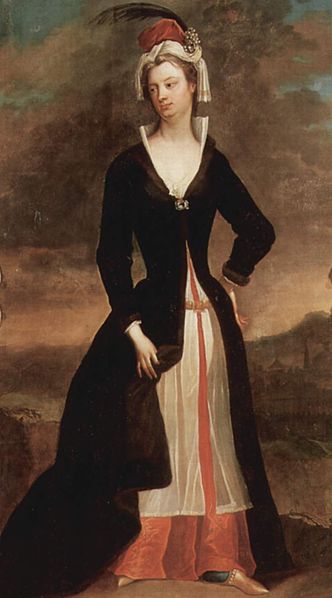
Charles Jervais, ‘Portrait of Lady Mary Wortley Montagu’, c. 1718-1720, National Gallery of Ireland.
The tangerine caftan has Islamic designs of a crescent moon and stars, the Turkish satin slippers have jewels, and a winter head-dress completes her costume; a Turkish town is in the background.

